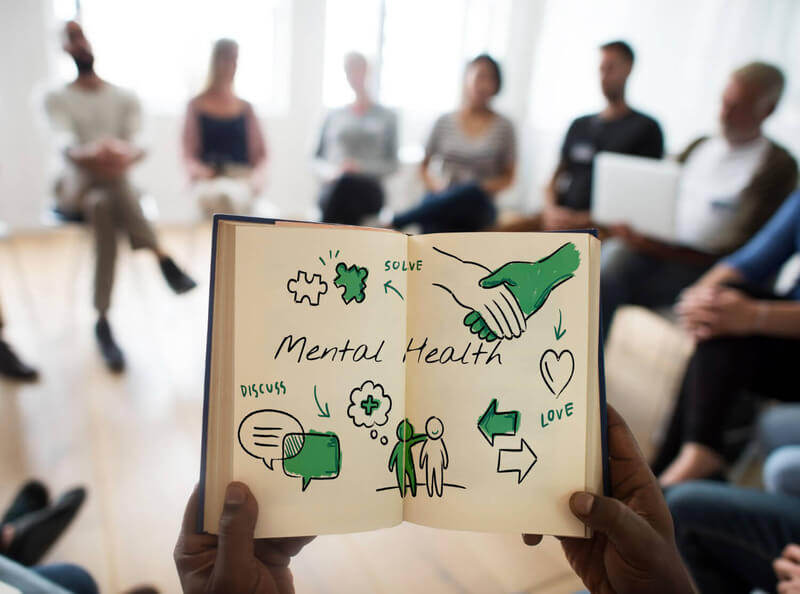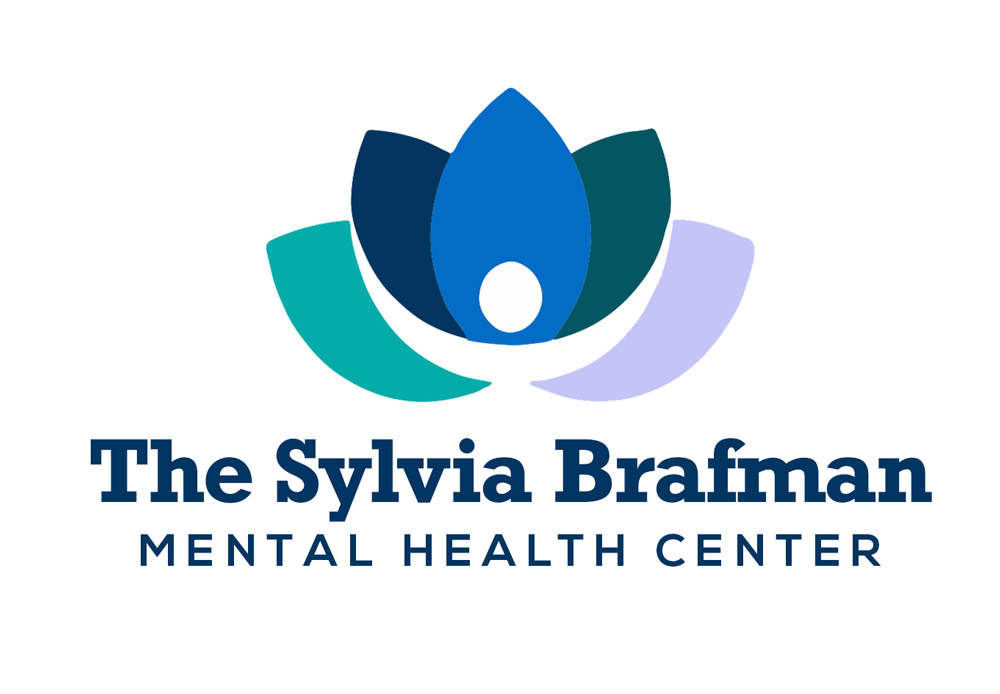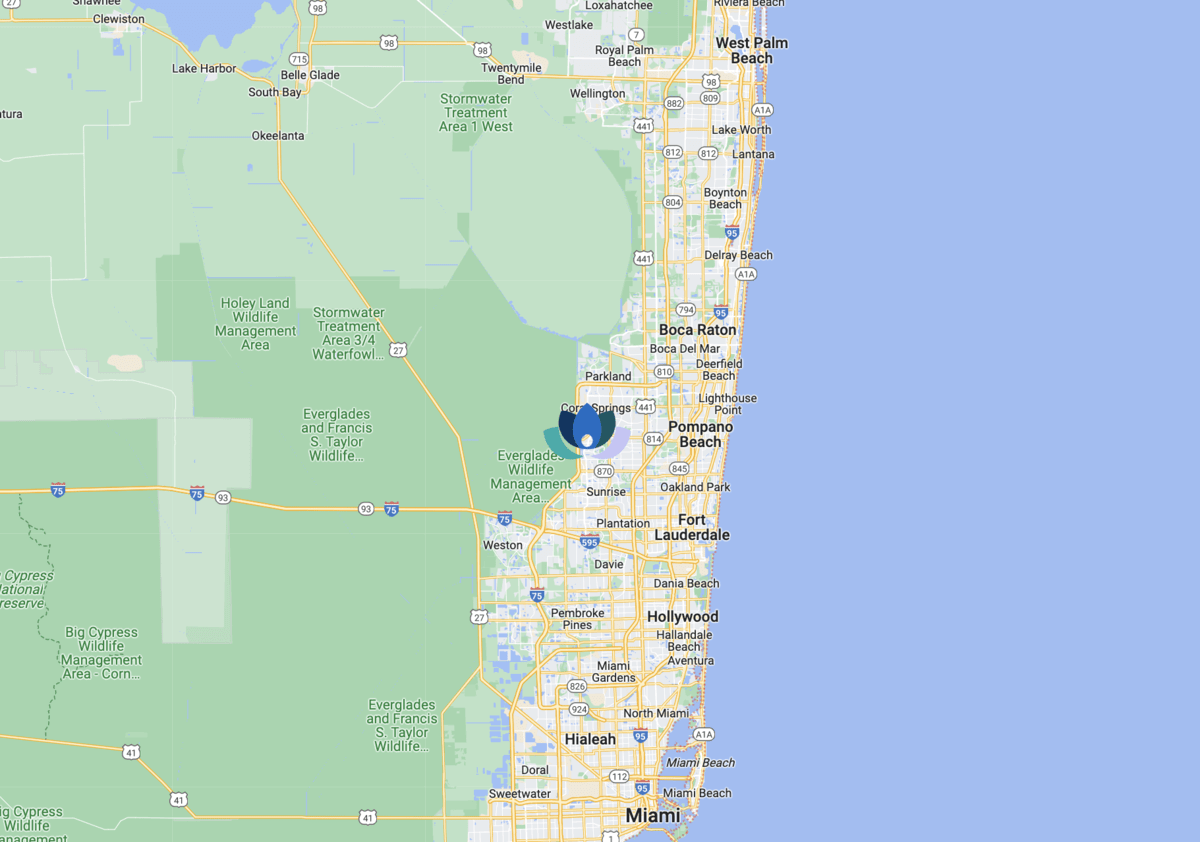Are you or someone you love struggling with Dissociative Identity Disorder (DID), formerly known as multiple personality disorder? Rest assured that the proper care is available near you. Call 877-958-9212 to learn more about our dissociative identity disorder treatment centers near Atlanta, Georgia. This page will provide information on accessing the proper care at specialty treatment centers like Sylvia Brafman.

Multiple Personality and Dissociative Identity Disorder (DID) Treatment Near Atlanta, Georgia
What is Dissociative Identity Disorder (DID)?
Dissociative Identity Disorder (DID), previously known as multiple personality disorder, is a rare and severe mental health condition marked by the existence of two or more distinct alters and identities. Each has its own unique way of perceiving and interacting with the world, which can influence behavior, consciousness, and memory, resulting in a fragmented identity and sense of self.
These alters are frequently associated with amnesia, leading individuals to experience memory gaps, lose track of time, and feel disconnected from their core identity. It’s also commonly a component of trauma-related disorders. Although often sensationalized in popular media, DID is a complex and authentic mental health condition. It requires sensitive, tailored therapeutic care to support individuals in managing their symptoms and integrating identity states.

What Are Causes and Triggers of Dissociative Identity Disorder?
The root cause of Dissociative Identity Disorder (DID) is often linked to childhood trauma. DID usually results from prolonged trauma, such as physical, emotional, or sexual abuse, during early developmental years. The mind may engage in trauma-induced dissociation to cope with overwhelming experiences. This survival mechanism allows individuals to mentally escape from the pain by creating separate alters and identities.
These alters often form to manage specific aspects of the traumatic experience, enabling the person to function despite the ongoing distress. Childhood is a particularly vulnerable time for dissociative disorders to occur because the brain is still developing, and a strong, unified sense of self has not yet been fully formed.
Triggers often involve dissociative experiences or situations that mirror the original trauma. These can include high-stress environments, reminders of past abuse, or even seemingly minor cues like sounds, smells, or images that recall the traumatic event. For those with DID, these triggers can lead to shifts between alters, gaps in memory, and a feeling of detachment from reality. Understanding these causes and triggers is essential for individuals experiencing DID and their support systems. It allows for greater empathy and helps guide effective DID therapy approaches, such as Cognitive Behavioral Therapy (CBT), to successfully manage the condition.
Are you struggling with childhood trauma and DID or researching multiple personality disorder treatment methods for a loved one? Contact us today. Our patient advocates can guide you in the appropriate direction.
What Are Different Types of Dissociative Identity Disorders?
Understanding Dissociative Identity Disorder (DID) involves recognizing the range of ways it can present in individuals. DID is a complex condition; its symptoms can vary widely depending on the person. These variations often involve distinct DID symptoms, such as identity shifts, memory gaps, and dissociative episodes, which can affect daily life in profound ways.
Promoting DID awareness is essential to supporting individuals with this condition and acknowledging its many nuances. What follows are examples of how DID may manifest, rather than an exhaustive list, as each person’s experience is unique.

Signs and Symptoms of Dissociative Identity Disorder
Dissociative Identity Disorder (DID) is a complex mental health condition with a wide range of symptoms that can profoundly affect daily life. The hallmark of DID is the coexistence of identities, where two or more distinct identity states or “alters” exist within the same individual, each with its own unique traits, memories, and behaviors.
DID symptoms often develop as a response to severe trauma and can manifest in different ways for each person. Recognizing these signs is the first step toward understanding, exercising empathy, and seeking professional dissociative identity treatment. Some common dissociative identity disorder signs and symptoms include:
Identity shifts: You may feel as though different parts of yourself take control at different times, each with its personality, preferences, or even physical traits. Stress or reminders of past trauma can trigger these shifts.
Memory gaps: People with DID often experience amnesia, losing track of time, or forgetting important events. These memory gaps can make it challenging to maintain a consistent sense of self or complete everyday tasks.
Dissociation: Feelings of detachment from your body, emotions, or surroundings may occur, leading to a sense of being disconnected from reality.
Behavioral changes: Friends or family may notice sudden and unexplained changes in your actions, voice, or demeanor that align with different identity states.
Emotional struggles: Anxiety, depression, and mood swings are common, as the coexistence of identities often creates inner conflict and confusion.
What is a DID Treatment Program?
A Dissociative Identity Disorder (DID) treatment program is a structured approach that helps manage symptoms and work toward healing. These programs are typically offered at specialized rehabilitation centers or therapy clinics equipped to provide a safe, supportive environment. The goal is to address nuanced needs and offer personalized care that may include psychotherapy, medication management, and education.
Key focuses include improving emotional regulation, integrating identity states, and developing effective coping mechanisms in DID. These programs employ evidence-based treatments for dissociative identity disorder, such as trauma-focused therapies that help individuals process past trauma in a controlled setting. Group therapy or peer support may also play a role, offering a sense of connection and understanding.
A DID treatment program provides tools for managing triggers, reducing dissociative episodes, and enhancing overall functioning. With the proper support from a dedicated team of professionals, you or your loved one can learn to navigate the challenges of DID and work toward a more integrated, fulfilling life. Call 877-958-9212 to learn more about The Sylvia Brafman Mental Health Center’s healthcare facility and our unique approach to whole-body healing.
Types of Programs for Dissociative Identity Disorder Offered in and Around Georgia
Treating Dissociative Identity Disorder (DID) involves a thorough, personalized approach tailored to the individual. The goal is integrating identity states, managing symptoms, and addressing the root trauma. This overview examines various treatment programs that effectively address dissociative disorders. Contact us to learn more about the residential treatment programs at our dissociative identity disorder treatment facility near Atlanta, Georgia.

At The Sylvia Brafman Mental Health Treatment Center in Fort Lauderdale, Florida, our team of dedicated professionals is ready to guide you. We offer DID and a variety of mental health treatment programs, each uniquely designed to meet your needs. We’re also able to offer accommodation at affordable rates if you’re traveling from out of state. So don’t wait—reach out to us today! Either give us a call or fill out the form below to request a callback.
"*" indicates required fields

What Types of Therapy and Counseling Are Available for Dissociative Identity Disorder Treatment?
Dissociative identity disorder requires a tailored approach to therapy that addresses the unique challenges of managing multiple identities and processing past trauma. At an integrative treatment center, professionals often use a combination of therapeutic modalities to achieve identity integration, emotional stability, and improved quality of life. Below are some commonly used therapies, but they’re not an exhaustive list.

Does Private Health Insurance Cover Treatment for DID Near Atlanta, Georgia?
Yes, private health insurance often covers treatment for Dissociative Identity Disorder (DID) in Georgia, but the extent of coverage depends on your specific plan. Many policies include mental health benefits covering therapy, medication, or inpatient care. Checking your insurance details to understand the services included is essential to making informed treatment decisions.
For clarity on your coverage, you can reach out to Sylvia Brafman. We can check your insurance policy details, providing specifics about your mental health benefits at dissociative identity disorder treatment centers near Atlanta, Georgia. Understanding your plan’s specifics can help you access the care you need without unexpected financial challenges.
Which Health Insurance Providers Cover Dissociative Identity Disorder Treatment?
Many major health insurance providers offer coverage for Dissociative Identity Disorder (DID) treatment as part of their mental health benefits. Companies like Blue Cross Blue Shield, UnitedHealthcare, Aetna, Cigna, and Magellan often include coverage for therapy, medication, and inpatient or outpatient programs.
However, the coverage specifics will likely vary from plan to plan, so reviewing your policy or contacting your insurer is essential. When exploring your options, you can also reach out to Georgia healthcare providers like Sylvia Brafman to determine the covered treatments for dissociative identity disorder. We can confirm details like copayments, deductibles, and out-of-pocket maximums. Knowing which services are included can help you plan for treatment and get the support you need.
How to Find a Dissociative Identity Disorder Therapy and Treatment Center Near Me
The Sylvia Brafman Mental Health Center is a leading adult mental health care provider, setting itself apart from traditional rehabilitation centers. Our approach is hands-on, flexible, and focused on delivering practical, evidence-based treatments, with a specialized emphasis on Dissociative Identity Disorder (DID). For more details, call 877-958-9212. You can also visit our mental wellness center at the following address:
- The Sylvia Brafman Mental Health Center, 7710 NW 71ST CT, Tamarac, Florida, 33321
We understand the importance of finding quality psychiatric care that fits your or your loved one’s unique needs. With that acknowledgment in mind, we’ve created a handy step-by-step guide to finding suitable dissociative identity disorder treatment centers near Atlanta, Georgia.
- Online Search: Use search engines and keywords such as “Georgia dissociative complex PTSD treatment program near me” or “Dissociative identity disorder treatment facility near Atlanta, Georgia.” You can follow the sequence of keywords with your precise location to return relevant, accurate results.
- Dissociative Disorders Specialists: Look for professionals with expertise in dissociative disorders and consider a dual diagnosis treatment center if you or your loved one is also struggling with a concurrent condition like depression or addiction. You can enter keywords like “Substance abuse treatment center for co-occurring disorders near me.”
- Trauma-Focused Treatment Centers: You might consider trauma-focused healthcare facilities that offer dissociative identity disorder or multiple personality disorder treatment. Since DID is commonly linked to childhood trauma, programs that provide trauma-informed care are ideal.
- DID Support Groups: Search for local dissociative identity disorder support groups in Georgia. These groups may provide helpful information about nearby rehabilitation centers and offer insights from others grappling with similar experiences.
- Psychiatrists Specializing in Dissociative Disorders: Look for psychiatrists specializing in dissociative disorders. They may offer a more comprehensive treatment plan, including medication management, if needed.
- Mental Health Therapy Clinics: Look for treatment centers specializing in mental health rehabilitation, as they may offer tailored programs for trauma-related disorders.
- Holistic Therapy for DID: If you’re interested in a holistic approach, search for a “holistic treatment center for dissociative disorder near me” to locate treatment centers offering alternative therapies to complement traditional methods.

Dissociative Identity Disorder Testing and Free Assessment
At the Sylvia Brafman Mental Health Center, we provide thorough assessments for Dissociative Identity Disorder (DID) using evidence-based tools and evaluations. Our team of experts is highly experienced in understanding the complexities of DID and its impact, ensuring a precise diagnosis and a personalized treatment plan tailored to your individual needs.
Recognized for our clinical excellence in mental health care, our facility offers compassionate and comprehensive services. Call 877-958-9212 for your free assessment. Our in-depth evaluations serve as the foundation for creating a targeted, effective treatment strategy to address and manage your DID-related challenges.
What is the Admissions Process for Dissociative Identity Disorder Treatment?
The admission process for a Dissociative Identity Disorder (DID) treatment program ensures personalized care and support. As mental health professionals, we understand there is no one-size-fits-all approach to addressing psychiatric conditions like dissociative disorders. While details may vary by center, here is a general overview of what you can expect:
- Initial Contact: You, a family member, or a referring professional contact the treatment center through phone or online inquiry.
- Assessments: Mental health evaluations, such as the Dissociative Experiences Scale (DES-II), help professionals understand your DID symptoms and concerns.
- Insurance Verification: Coverage is confirmed to understand treatment benefits and potential out-of-pocket expenses.
- Treatment Plan Development: A personalized plan is created based on your assessment, outlining therapeutic interventions and goals for your DID care.
- Admissions Coordination: The treatment center coordinates your admission details, including logistics, scheduling, and paperwork.
- Orientation: Upon arrival, you are introduced to the treatment center, staff, and the program structure.
- Active Participation: Treatments for dissociative identity disorder involve individual and group therapy, along with other modalities focused on addressing DID symptoms and trauma-induced dissociation.
- Progress Monitoring: Your progress is regularly assessed, and adjustments are made to the treatment plan to ensure continued effectiveness.
How Much Does Dissociative Identity Disorder Treatment Cost in Georgia?
The cost of dissociative identity disorder treatment in the Peach State can vary significantly depending on the type of care you need. Inpatient programs may cost between $10,000 to $30,000+ per month, while outpatient services can range from $100 to $300 per session. Factors such as the treatment center, length of care, and insurance coverage will influence the final cost.
For the most accurate representation of your dissociative identity treatment costs, contact The Sylvia Brafman Mental Health Center. Our helpful patient advocates can conduct a free assessment informing your treatment needs. We can discuss insurance, if applicable, and financial solutions to facilitating affordable mental health care. Remember, investing in your mental health is one of the most important investments you can make.



